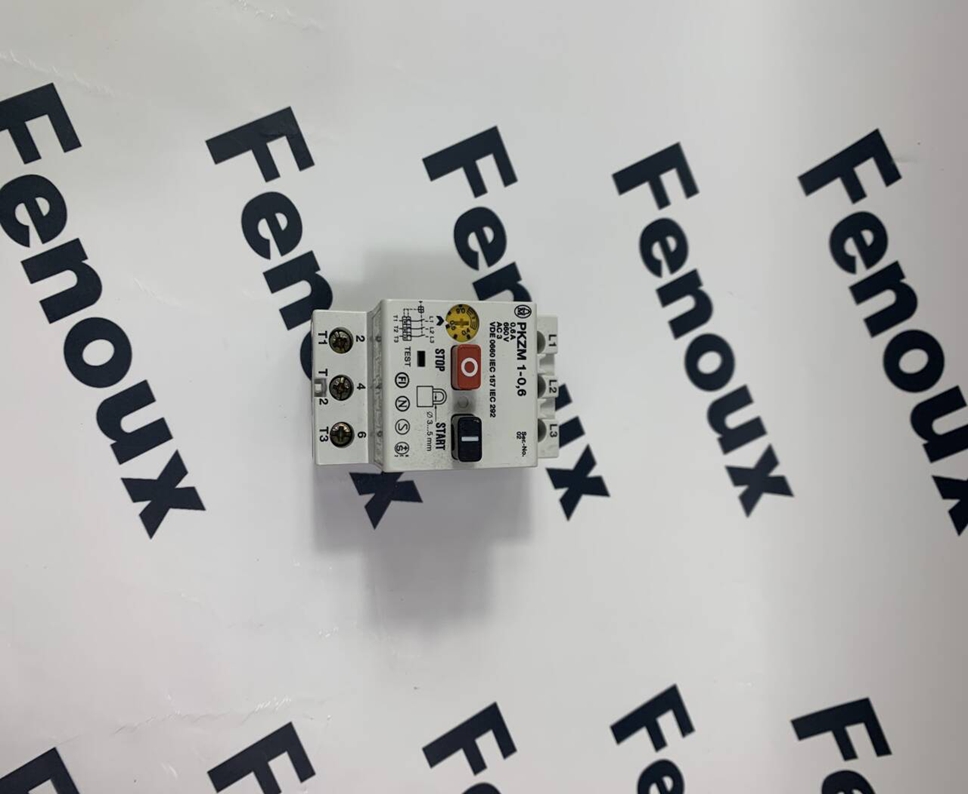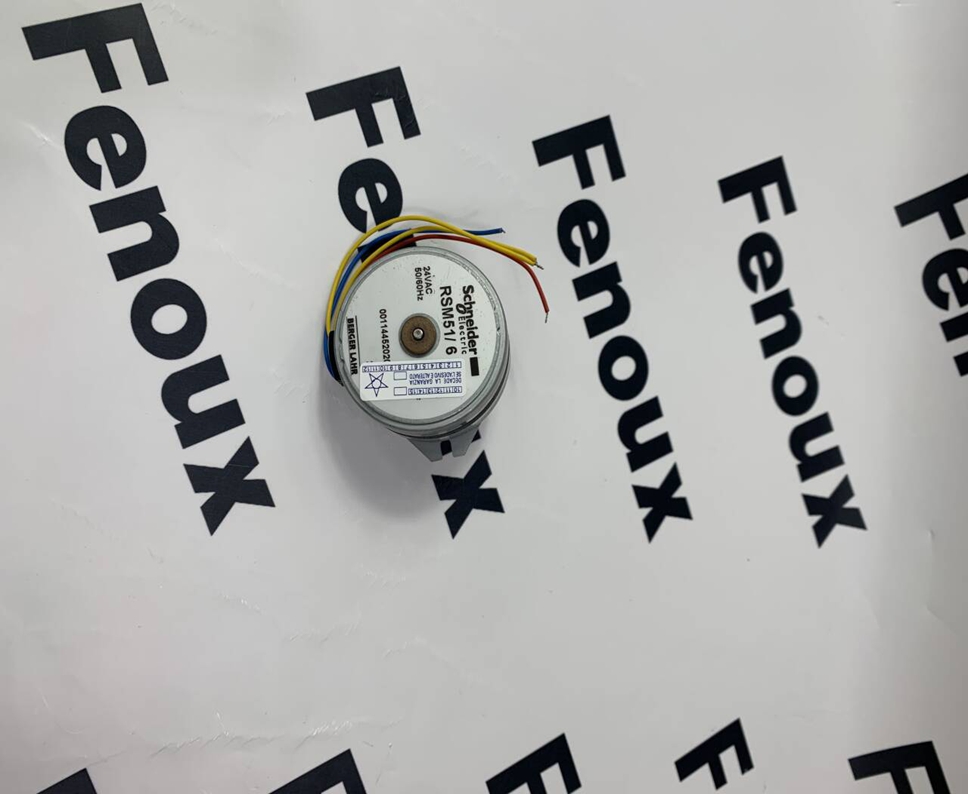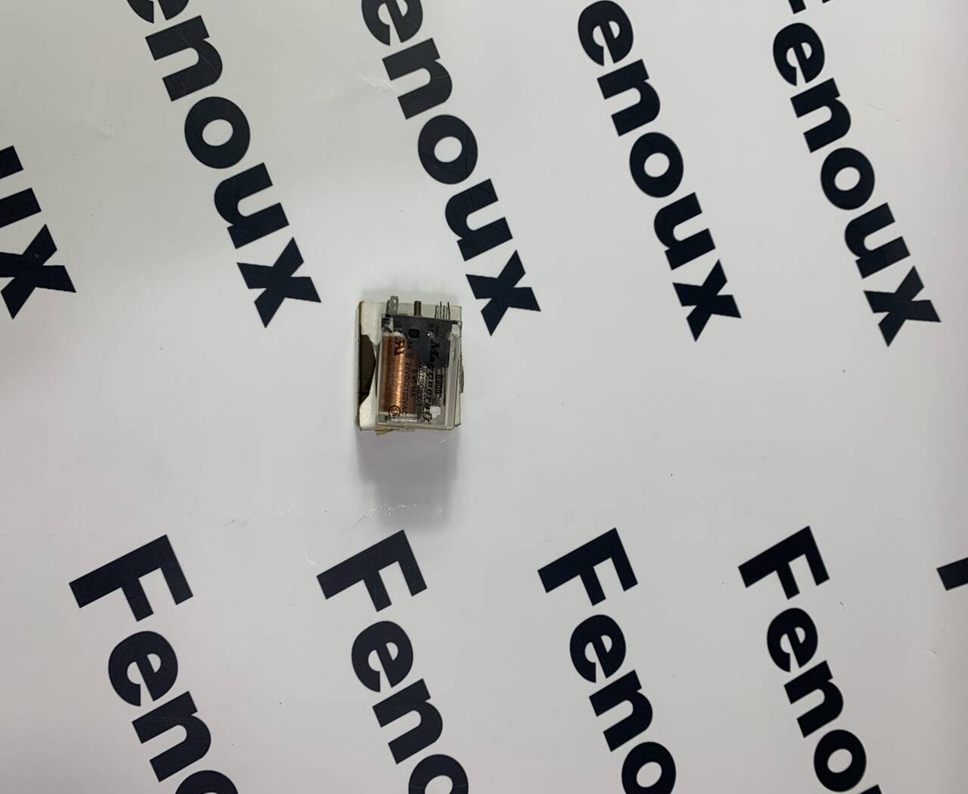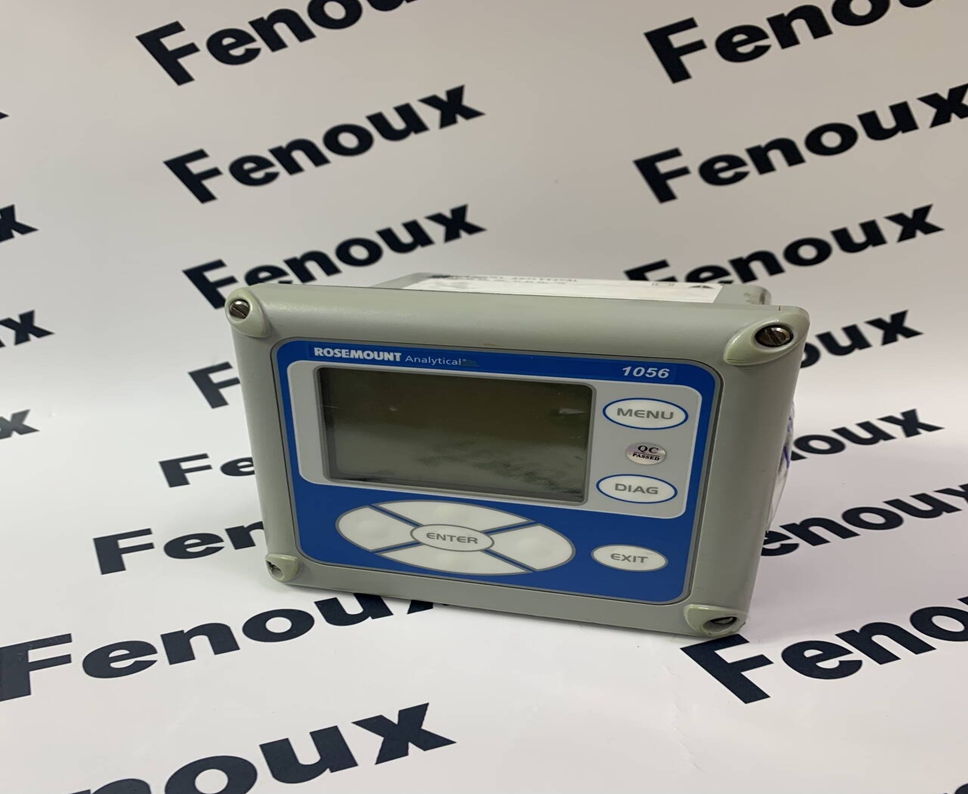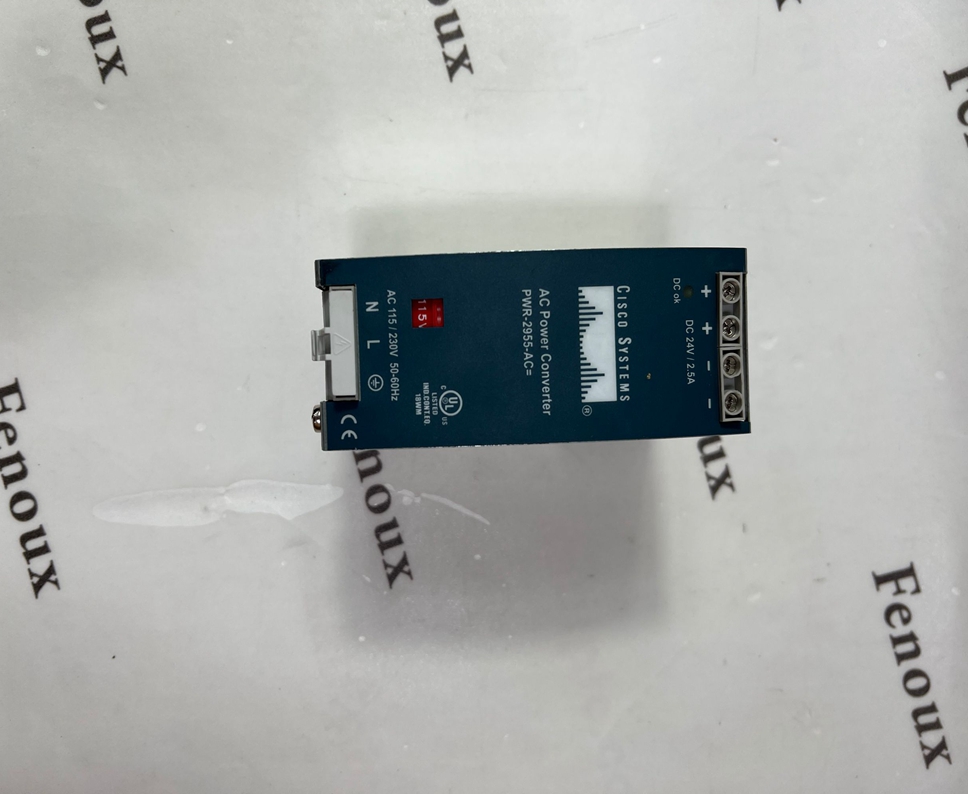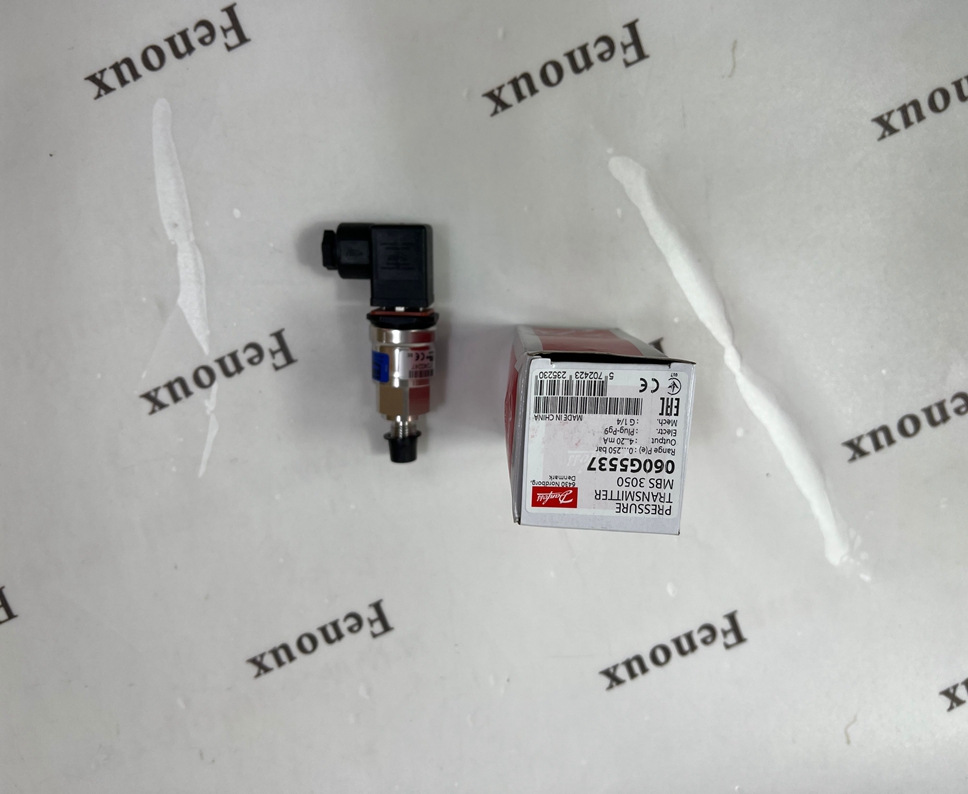SCHNEIDER LC1D65M7 l/O scanner
Brand: Schneider
Model number:LC1D65M7
Colour:new
Warranty: 12 months
Lead Time:3-day working day
Country of origin: USA Price: Please contact us
Product weight:0.40kg
Shipping Port: China
Payment: Bank of Chicago, Bank of Singapore
Express cooperation: fedex, DHL, UPS and your express account
Service: Professional Sales provides 24 hours /7 days online service
SCHNEIDER LC1D65M7 l/O scanner
Product Detailed Description
Product Parameters
(Note: These are typical parameters for the LC1D65M7. Always refer to the official Schneider Electric TeSys D contactor catalog or datasheet for the exact and complete specifications.)
Model Number: LC1D65M7
Main Poles: 3
Auxiliary Contacts (Built-in): 1 NO + 1 NC (Standard)
Rated Operating Current (AC-3):
Rated Operating Current (AC-1):
Coil Voltage (Uc): 220 V AC 50/60 Hz
Rated Insulation Voltage (Ui):
Rated Impulse Withstand Voltage (Uimp): 6 kV
Mechanical Durability: Typically 8 million operating cycles
Electrical Durability (AC-3): Typically 1.4 million operating cycles (at rated current and voltage)
Operating Temperature: -5°C to +60°C (23°F to 140°F)
Storage Temperature: -60°C to +80°C (-76°F to 176°F)
Mounting: DIN rail or screw mounting
Dimensions (W x H x D): Approx. 55 mm x 122 mm x 120 mm (dimensions may vary slightly by exact series/revision)
Weight: Approx. 0.86 kg
Terminals: Screw clamp terminals
Standards: IEC 60947, UL 508, CSA C22.2 No 14, EN 60947, VDE 0660
Product Advantages
Reliability & Durability: TeSys D contactors are renowned for their robust construction, high mechanical and electrical endurance, ensuring a long operational life in demanding industrial applications.
Compact Size: Space-saving design allows for efficient use of panel space, especially important in crowded control cabinets.
Versatility: Suitable for both motor control (AC-3) and resistive load switching (AC-1), offering flexibility across various applications.
Ease of Integration: Standardized auxiliary contacts and mounting options make it easy to integrate into new or existing control systems.
Global Compliance: Meets major international standards (IEC, UL, CSA), simplifying adoption in global projects.
Wide Range of Accessories: A comprehensive ecosystem of accessories (additional auxiliary contact blocks, surge suppressors, mechanical interlocks, reversing kits) allows for customization and expansion.
Safety: Designed with safety in mind, contributing to safe motor control and system operation.
Precautions
Correct Sizing: Always select the contactor based on the motor's full load current (FLA) and the duty cycle (AC-3 for motors, AC-1 for resistive loads). Undersizing can lead to premature failure.
Coil Voltage: Ensure the control circuit voltage matches the contactor's coil voltage (220 V AC in this case). Incorrect voltage will prevent operation or damage the coil.
Overload Protection: A contactor provides switching, not overload protection. Always pair the contactor with an appropriate thermal overload relay (e.g., TeSys LR9D or LR3D) to protect the motor from sustained overcurrents.
Wiring: Follow the wiring diagrams in the manual. Use correct wire gauges for power and control circuits. Ensure all connections are tightened to the specified torque values to prevent loose connections and overheating.
Environmental Conditions: Operate the contactor within its specified temperature and humidity ranges. Avoid excessive dust, moisture, and corrosive atmospheres unless explicitly designed for such conditions.
Arcing Space: Ensure sufficient clear space around the contactor, especially above and below the main contacts, to allow for proper arc quenching during switching operations.
Maintenance: Periodically check connections for tightness and cleanliness. While TeSys D contactors are low maintenance, observing abnormal sounds or signs of overheating should prompt investigation.
Safety: Always de-energize circuits before installing, wiring, or performing maintenance on the contactor. Use appropriate personal protective equipment (PPE).
Product Applications
The Schneider Electric LC1D65M7 contactor is a workhorse in various industrial and commercial applications:
Motor Control:
Starting and stopping pumps (water, oil, chemical).
Controlling fans and blowers in HVAC systems and industrial ventilation.
Operating conveyors and material handling systems.
Switching motors in machine tools, mixers, compressors, and packaging machinery.
Building Automation:
Power Distribution:
Industrial Processes:
Agricultural Equipment:
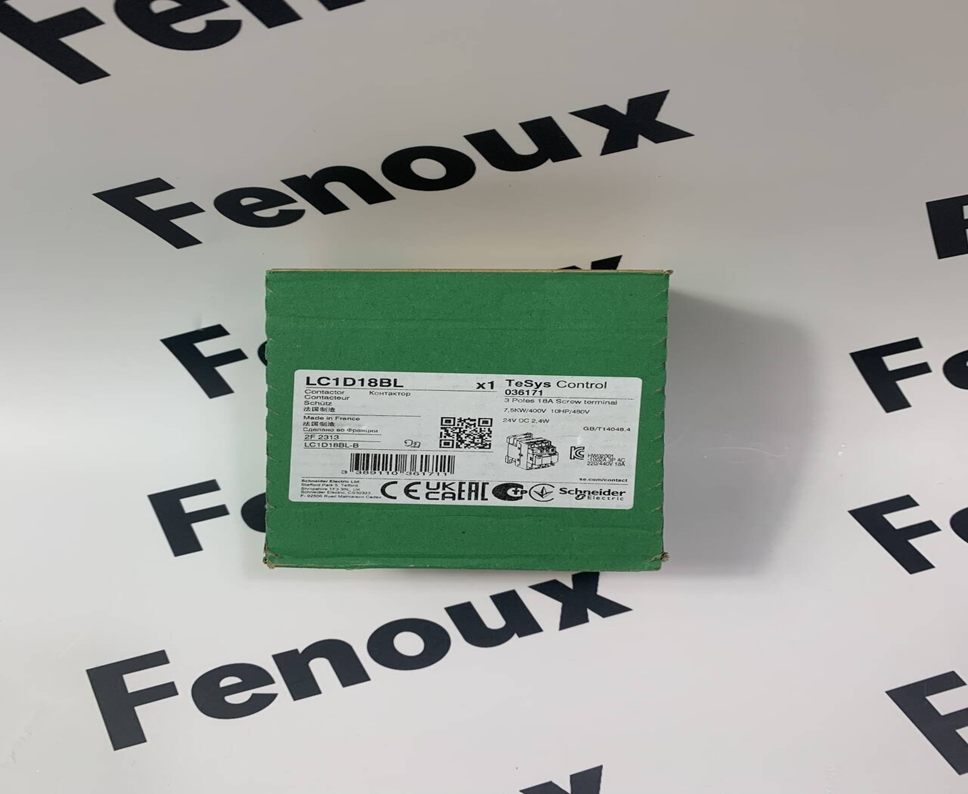
Shipping Port: China
Payment: Bank of Chicago, Bank of Singapore
Express cooperation: fedex, DHL, UPS and your express account
Service: Professional Sales provides 24 hours /7 days online service
Related products:
| SCHNEIDER | 2094-BM01-S | SCHNEIDER | 2711-T9C3 |
| SCHNEIDER | 2094-BMP5-S | SCHNEIDER | 3051TG4A2B21AE5M5T1 |
| SCHNEIDER | 2098-DSD-020X | SCHNEIDER | 3180045-01 |
| SCHNEIDER | 2098-DSD-HV030-SE | SCHNEIDER | 31C075-503-4-00 |
| SCHNEIDER | 2098-DSD-HV220-SE | SCHNEIDER | 31C450-503-4-00 |
| SCHNEIDER | 215RIO | SCHNEIDER | 353A4F1CNB4 |
| SCHNEIDER | 22/06-69I/P | SCHNEIDER | 353A4F1NNLNNNA |
| SCHNEIDER | 2200-396-013-AA | SCHNEIDER | 353a4f1nnlnnnax |
| SCHNEIDER | 22F-D013N104 | SCHNEIDER | 353A4FNCNB4 |
| SCHNEIDER | 24031-0-111000000000 | SCHNEIDER | 359651-02 |
| SCHNEIDER | 2706-P44C | SCHNEIDER | 372SPU47401V26 |
| SCHNEIDER | 2711C-T4T | SCHNEIDER | 3AFE68608538 |
| SCHNEIDER | 2711-K10C20 | SCHNEIDER | 3BHB006338R0001 |
| SCHNEIDER | 2711-K10G3 | SCHNEIDER | 3BHB021400R0002 |
| SCHNEIDER | 2711-m3a18l1 | SCHNEIDER | 3BHE014135R0011 |
| SCHNEIDER | 2711-M3A-18L1 | SCHNEIDER | 3BHE026284R0102 |
| SCHNEIDER | 2711PC-RP1 | SCHNEIDER | 3BHT300007R1 |
| SCHNEIDER | 2711P-T12C6D2 | SCHNEIDER | 3BHT300025R1 |
| SCHNEIDER | 2711R-T10T | SCHNEIDER | 3BSC690103R2 |
| SCHNEIDER | 2711-T10C8E | SCHNEIDER | 3BSC760004R1 |
E-mail: alex@fenoux.com
Tel.: +86 13338369201
Skype: +86 13338369201
WhatsApp: +86 13338369201


